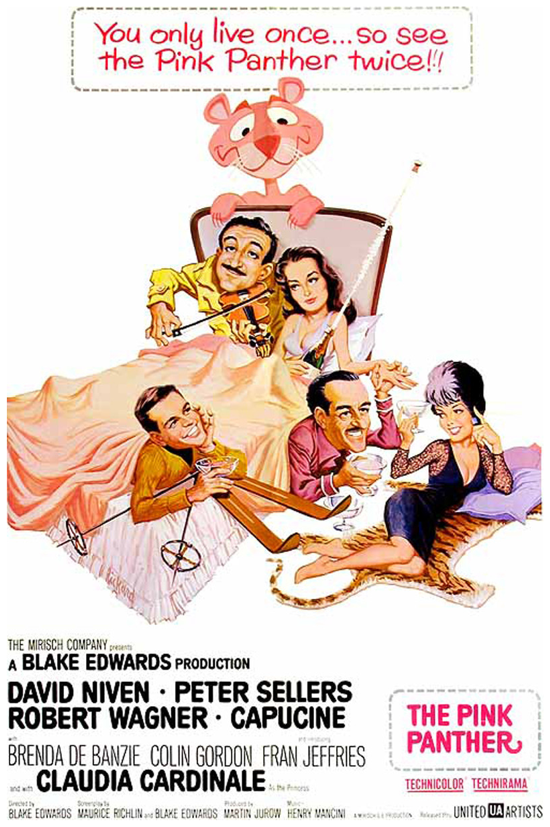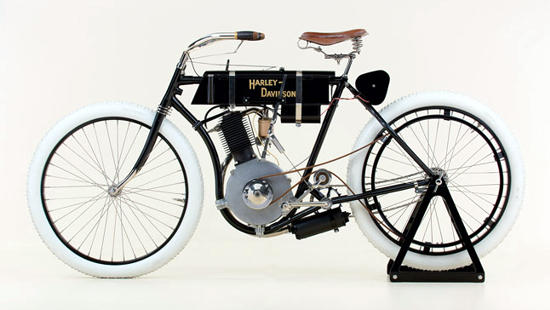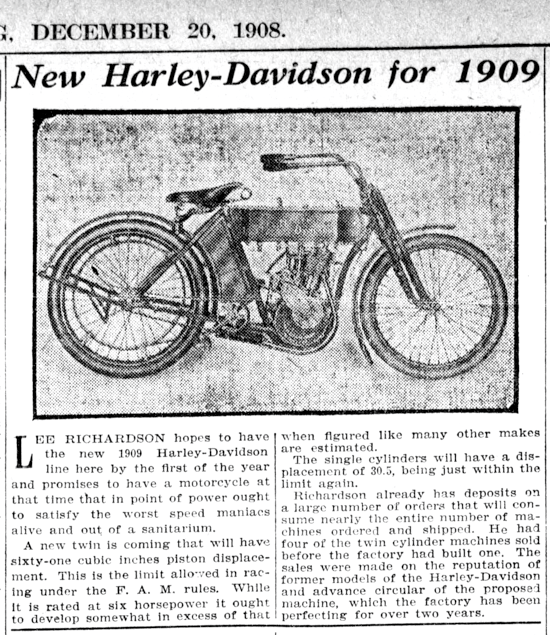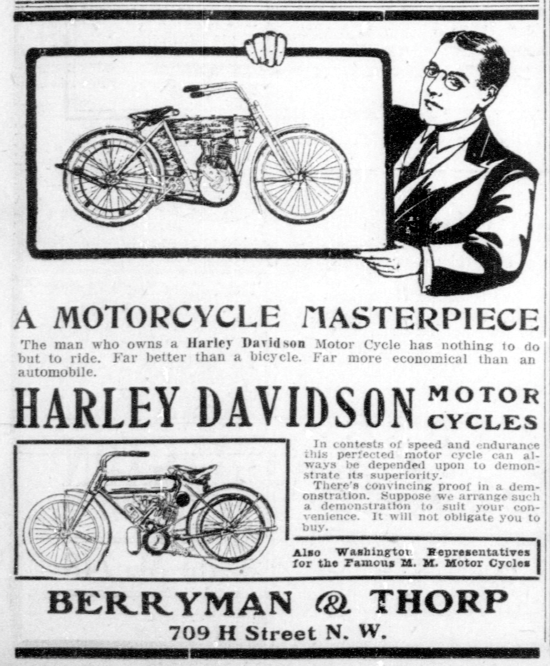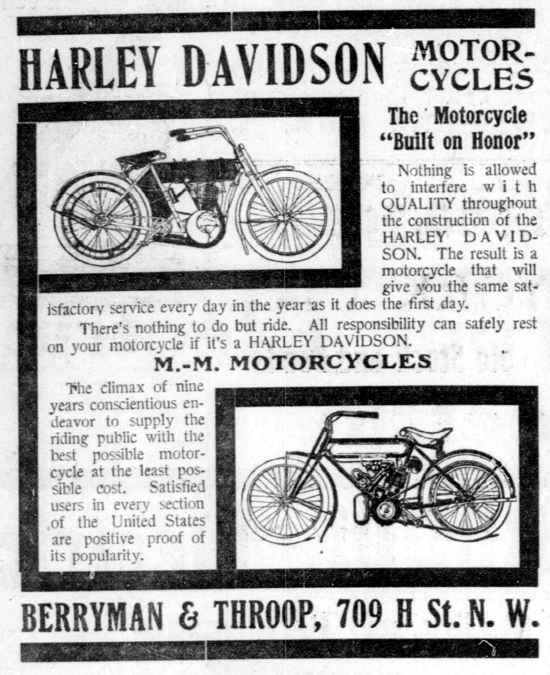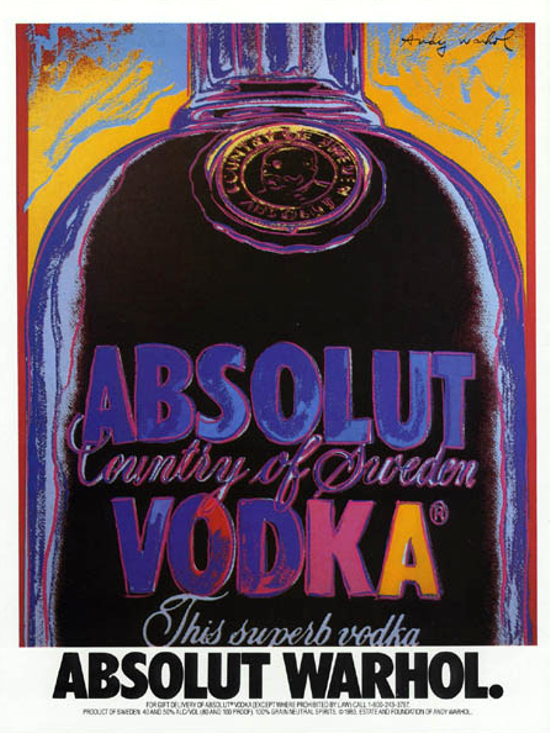 |
| Pink Floyd logo |
Band:
--- "Sigma 6" (1963)
--- "Meggadeaths" (1963)
--- "Screaming Abdabs" (1963)
--- "Abdabs" (1963)
--- "Leonard's Lodgers" (1963)
--- "Spectrum Five" (1963)
--- "The Tea Set" (1963)
--- "The Pink Floyd Sound" (1965)
--- "The Pink Floyd" (1966)
--- "Pink Floyd" (1970)
--- "Sigma 6" (1963)
--- "Meggadeaths" (1963)
--- "Screaming Abdabs" (1963)
--- "Abdabs" (1963)
--- "Leonard's Lodgers" (1963)
--- "Spectrum Five" (1963)
--- "The Tea Set" (1963)
--- "The Pink Floyd Sound" (1965)
--- "The Pink Floyd" (1966)
--- "Pink Floyd" (1970)
First song: "Lucy Leave"
(also known as "Lucy Lea in Blue Tights")
Genre: Blues Rock
 |
| Roger Keith Barrett known as Syd Barrett Cambridge, Jan. 6, 1946 – Jul. 7, 2006, the founder member of the band Pink Floyd |
--- Syd Barrett - vocals, guitar
--- Bob Klose - guitar
--- Roger Waters - bass
--- Richard Wright - guitar
--- Nick Mason - drums
Writer: Syd Barrett
ORIGINAL VERSION
--- Recorded: 1965
--- Lenght: 2:53
--- Recorded: 1965
--- Place of production: London
--- Format: Acetate, 7", 45 rpm, A-side. On B-side: the cover song "I'm a King Bee" by Slim Harpo--- Lenght: 2:53
RELEASE VERSION
--- Released: 1996--- Label: Sonic
--- Format: Second track of two track mini-CD that came bundled with the Italian 120-page book "A Fish Out of Water", dedicated to Syd Barrett, with illustrated biography and lyrics. Written in both Italian and English by Luca Ferrari and Annie Marie Roulin, edited by Stampa Alternativa, Rome, Italy. The first track is a cover of the song "I'm a King Bee" by Slim Harpo.
--- Lenght: 3:07Overview: "Lucy Leave" (also known as "Lucy Lea in Blue Tights") is one of five songs recorded by the band in early 1965. In the same series: "I'm a King Bee", "Butterfly", "Remember Me", "Double O Bo".
The members of the group to become known as Pink Floyd came together in London, but the band’s roots were in Cambridge, in the East of England, in the early 1960s. In 1963 Roger Waters met drummer Nick Mason while they were both studying architecture at the London Polytechnic at Regent Street. They first played music together in a group formed by Keith Noble and Clive Metcalfe with Noble's sister Sheilagh. Keyboardist Richard Wright, a fellow architecture student, joined later that year, and the group became a sextet named Sigma 6, the first band to include Waters, who was at this time playing lead guitar; Wright, who at first played rhythm guitar since there was rarely an available keyboard; and Mason on drums. Sigma 6 went through a number of other transitory names, including the Meggadeaths, the Abdabs, Leonard's Lodgers, and the Spectrum Five before settling on the Tea Set. Noble and Metcalfe left the Tea Set in late 1963, and Klose introduced the band to singer Chris Dennis, a technician with the Royal Air Force. In December 1964, they managed to secure their first recording time, at a studio in West Hampstead, through one of Wright's friends, who let them use some down time for free. In early 1965, Barrett became the band's frontman; Klose quit the band in mid-1965 and Barrett took over on lead guitar. The group first referred to themselves as the Pink Floyd Sound in late 1965. Barrett created the name on the spur of the moment when he discovered that another band, also called the Tea Set, were to perform at one of their gigs. The name is derived from the given names of two blues musicians whose Piedmont blues records Barrett had in his collection, Pink Anderson and Floyd Council.
The members of the group to become known as Pink Floyd came together in London, but the band’s roots were in Cambridge, in the East of England, in the early 1960s. In 1963 Roger Waters met drummer Nick Mason while they were both studying architecture at the London Polytechnic at Regent Street. They first played music together in a group formed by Keith Noble and Clive Metcalfe with Noble's sister Sheilagh. Keyboardist Richard Wright, a fellow architecture student, joined later that year, and the group became a sextet named Sigma 6, the first band to include Waters, who was at this time playing lead guitar; Wright, who at first played rhythm guitar since there was rarely an available keyboard; and Mason on drums. Sigma 6 went through a number of other transitory names, including the Meggadeaths, the Abdabs, Leonard's Lodgers, and the Spectrum Five before settling on the Tea Set. Noble and Metcalfe left the Tea Set in late 1963, and Klose introduced the band to singer Chris Dennis, a technician with the Royal Air Force. In December 1964, they managed to secure their first recording time, at a studio in West Hampstead, through one of Wright's friends, who let them use some down time for free. In early 1965, Barrett became the band's frontman; Klose quit the band in mid-1965 and Barrett took over on lead guitar. The group first referred to themselves as the Pink Floyd Sound in late 1965. Barrett created the name on the spur of the moment when he discovered that another band, also called the Tea Set, were to perform at one of their gigs. The name is derived from the given names of two blues musicians whose Piedmont blues records Barrett had in his collection, Pink Anderson and Floyd Council.
Quote (Syd Barrett): «I'm full of dust and guitars...»
Property: Pink Floyd Music Ltd.
Official website: http://www.pinkfloyd.com
| "Lucy Leave" (1965) original audio |
LUCY LEAVE Leave When I ask you to leave, Lucy Please, far away from me, Lucy Oh, go little girl Seen, is (oh so) broken up about you, Lucy Mean, treat me and done me harm, Lucy Been, in love with you and your charms, Lucy Oh, go little girl I'm in love with you, Lucy You got my heart You got my heart, oh no! You tear me apart You just won't let me go You hold on so tight, so tight I just can't breath Now lucy leave, Lucy Leave, When I ask you to leave, little girl Please, far away from me, little girl Yeah! Go little girl Seen, is (oh so) broken up about you, Lucy Yeah! Go. |
"Lucy Leave" (1965) lyrics |
 |
"Syd Barrett - A Fish Out of Water" (1996) - The Italian book dedicated to Syd Barrett, containing the release version of the song "Lucy Leave" and the cover song "I'm a King Bee" on a mini-CD. According to the authors of the book, the songs can be attributed to the band when it was called "Architectural Abdabs". |
 |
The Abdabs (1965): article by Barbara Walters from the Regent Street Poly Magazine |
 |
Pink Floyd in 1965. Syd Barrett, Nick Mason, Roger Waters, Bob Klose, Richard Wright. |
 |
 |
Pink Floyd in 1968. This is the only known photo-shoot of all five significant members. In mid-1965 Bob Klose quit the band and Syd Barrett took over on lead guitar. In December 1967, the group added guitarist David Gilmour as the fifth member. Clockwise from bottom: David Gilmour, Nick Mason, Syd Barrett, Roger Waters, Richard Wright. |













